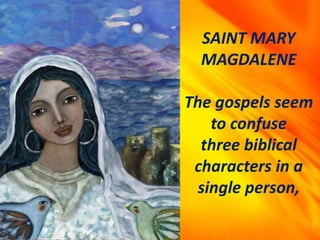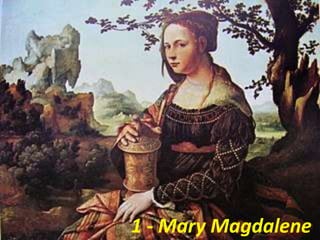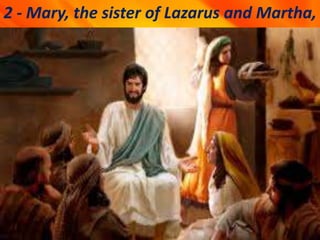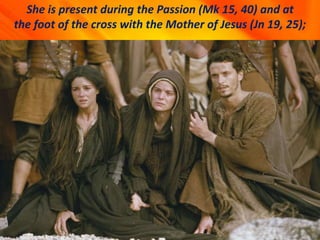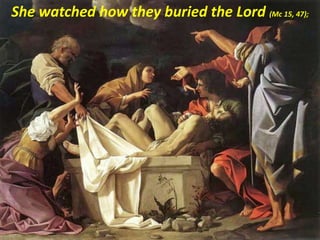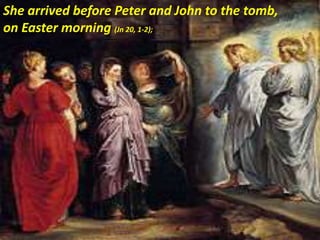On Mount Nightingale, near the ruins of Ephesus, is an old stone house. This single-story house is a shrine, called Meryemana Evi, translated as “the House of Mother Mary” in Turkish. It’s widely believed that this house is where St. John had cared for the Mother of God during her final years on Earth, that the Assumption took place there.
There is a fountain, and a wishing wall, just outside and below the house. Visitors commonly take water from the fountain, and leave their written petitions in one of the many crevices of the wishing wall (a pre-Islamic Turkish tradition). And yes, the nearby souvenir stand does take Visa.
I recently had the privilege of visiting Turkey.
Turkey is itself a very peculiar country, culturally far too European to be fully considered Middle Eastern, and far too Middle Eastern to be considered European, having lands that span both. Tattoos, considered to be haram (forbidden) in Islam, were a surprisingly common sight. The dress commonly found on the streets of more conservative cities, such as Konya, leave just as much to the imagination of any would-be gawkers as it would in countries such as neighboring Iran.
The adhan (Muslim call to prayer) blasts through the speakers of Istanbul’s beautiful mosques five times each day. Bars are easily spotted just around the corners, or down the streets, from a good number of those mosques. Popular beers such as Efes (which is quite decent) are indigenously brewed there. Raki, which I’d only recommend to someone who enjoys the taste of licorice, is Turkey’s national spirit. A mere glance at the laws and culture regarding booze reveals much about any Muslim country.
Officially, the Republic of Turkey is a secular state, ruling over a Muslim-majority population. Imams there are considered civil servants, educated and hired by the Directorate of Religious Affairs (called the Diyanet), which does much to curb potential radicalization of the population. Mustafa Kemal Ataturk, a military hero and founder the republic, who could hardly be considered any kind of religious figure, still retains demigod status throughout the land. And yet active leaders, from time to time, do resort to measures asserting Islamic identity, as illustrated by President Erdogan’s decision to revert the Hagia Sophia back into a mosque (Istanbul alone already had roughly 3,000 mosques!) in 2020, thus testing the bounds of the republic’s secular status.
The history of the land is very impressive, and also with a fair share of troubling episodes. The Christian heritage of Asia Minor, where several Apostles themselves had set foot, and of Constantinople, the historic center of Eastern Christianity, is very much astounding. Cappadocia, where volcanic rock formations reach up like hands trying to grasp the heavens, contains caves in which countless monks had sought seclusion throughout the ages.
Hardly any Christian monks, and only a small token population of Christians, live in Turkey today. Policies of forced repatriation, conversion, exile and also massacres, which occurred during the years of the Ottoman Empire’s collapse and the republic’s birth, finalized what remains the demographic situation today. The Christian heritage of Turkey today is largely the domain of curious archaeologists, historians, tourists and pilgrims.
For two weeks, I myself was numbered among the tourists, having had glimpses of life there. The people I’d met there were friendly, as were the stray dogs and cats that were kind enough to pose for many of the pictures I’d taken there. I’d gathered from seeing so many bald heads covered with blood-red dots, fresh hair plugs that is, that medical tourism thrives in Istanbul. But most importantly, my trip included a visit to the House of the Virgin Mary.
My tour group stayed for a night in Selçuk, the town containing the ruins of the Basilica of St. John, built over the traditional burial site of the Apostle himself. We’d gotten into the bus in the morning hours, and rode to Meryemana Evi. We were instructed along the way to remain respectfully silent while at the site. A large statue of Our Lady, crowned and with open hands, greeted us near the entrance.
We poured out of the bus and followed Dilek, our tour guide, along the stone path that led to the ancient house. As we stood there before the house, each with an earpiece so that Dilek wouldn’t need to raise her voice, she told us the very strange tale of Blessed Anne Catherine Emmerich and the finding of the house.
Emmerich, an invalid and stigmatist German nun, was said to have had many visions during the early 19th Century. These visions included glimpses of the Virgin Mary’s life on Earth. Emmerich claimed that St. John had taken Our Lady to live in a house near Ephesus, with descriptions even including the surrounding area’s topography, although she herself had never been to Asia Minor. These purported visions were written down by Clemens Brentano, a man who’d interviewed her, and published after Emmerich’s death in 1824. The Life of the Blessed Virgin Mary (1852) was among the books published.
In 1881 a French priest, having read The Life of the Blessed Virgin Mary, put Emmerich’s visions to the test. Father Julien Gouyet found a house which conformed to the descriptions, and obviously was in a state of disrepair, having used the book as a guide. Most people didn’t believe him. Most people have tremendous difficulty believing that our world can be as strange as it truly is.
A decade later Servant of God Marie de Mandat-Grancey, a French nun, had been working at a hospital relatively nearby in the city of Smyrna (now Izmir). She urged two Lazarist missionaries, Fathers Eugène Poulin and Henri Jung, to help her find that very same house. They did so in 1891, having used the same book as Gouyet for their guide.
Sister Marie, who’d come from a noble family, secured the purchase of the house. She also made sure that the mountain on which the house stood was purchased as well. For a Catholic nun to have done so in the Ottoman Empire was no easy task, but she was practical, as well as persistent. As Foundress of Mary’s House, a position given to her by the Church, she took up the task of restoring and preserving the site.
The House of the Virgin Mary remains under the Church’s care to this very day. Pope Leo XIII gave his blessing upon the house in 1896, and Pope St. John XXIII granted plenary indulgences upon it in 1961. Popes Paul VI (1967), St. John Paul II (1979) and Benedict XVI (2006) have each paid visits in the years since.
Our Church has documented countless miracles throughout the ages. A knowledgeable Catholic is easily familiar with cases of Marian apparitions, visions, stigmata, exorcisms, incorruptibility and a host of other anomalous occurrences that have been confirmed in the Church’s investigations. What impressed me the most about Dilek’s telling us of how Emmerich’s visions led to the House of the Virgin Mary’s finding was how matter-of-factly Dilek herself, a Muslim, had spoken it.
Her own conviction was enough to make me wonder: What role do the saints, and above all Our Lady, have in drawing Muslims closer to the Son of God?
The Mother of God is the true Ark, and also a bridge. She’s so many marvelous things all at once.
My time inside of the house itself was rather brief. The house has only three rooms. The Queen of Heaven would never have asked for a palace. A statue of Our Lady of Lourdes stands above an altar in the larger room. An atmosphere of peace permeates the very air.
After stepping out of the house, I briefly chatted with a Franciscan friar whom I’d found lingering outside, and mentioned to him that I myself was a Third Order Franciscan. Dilek overheard this. “Wait, you’re a priest?” she asked me.
I grinned while the friar kindly explained to her about Lay Orders.
I filled an empty bottle with the water from the fountain just below the house. I wrote down a petition on a piece of paper, and placed it in one of the wishing wall’s crevices. After that, I went on to purchase an icon and a scented rosary at the souvenir stand, which fortunately took Visa.
Dilek told us yet another story as we were leaving. In 2006 a fire destroyed nearly 3,000 acres of forest in the surrounding area. It continued to spread, until three sides of the Meryemana Evi were surrounded, and a burning tree had fallen on the roof. The house’s destruction appeared to be imminent. The flames had gotten to within a meter of the house, and then somehow ceased to go any nearer, as if being barred by Providence. The House of the Virgin Mary was spared from the destruction.
My tour group boarded the bus, and left to visit the nearby ruins of Ephesus. Included among them are the ruins of the Church of Mary, considered to be further circumstantial evidence (along with the Basilica of St. John’s ruins) that Our Lady had indeed resided in or around Ephesus during her final earthly years, rather than in Jerusalem.
Were the visions of Blessed Anne Catherine Emmerich true?
It’s alleged that Clemens Brentano himself took many liberties while editing the books reporting her visions. It’s rather difficult to discern which words were indeed Emmerich’s visions and which of them were his fabrications. Brentano’s questionable character and methods had even led to the delay (in 1928) of Emmerich’s cause for several decades (re-opened in 1973). Pope St. John Paul II ultimately beatified her in 2004, the same year that Mel Gibson’s The Passion of the Christ (which was heavily influenced by the works attributed to her) was released. Her beatification had been based upon her piety, rather than any writings associated with her.
Still, the rather strange circumstances which had led to this house’s finding are far too peculiar for anyone to just blithely dismiss as being among Brentano’s many fabrications. There are many fraudsters in the world, and yet miracles do still occur.
Whether Meryemana Evi is indeed the house in which Our Lady had lived has neither been declared, nor denied, by the Church. The Church, in her prudence, requires much evidence before declaring that any miracle took place, or that any person is indeed a saint, or that any site is indeed a holy place. Such a process protects us from taking the word of any Joe Schmo, who claims to have performed some miracle, more seriously than we ought to. And it’s because our Church’s prudence that we can know for certain that any recognized miracle, any canonized saint, and any recognized holy place, is indeed the real deal.
We may very well have to wait for several decades, or even centuries, until any formal declaration, either way, gets made. But in the meantime, the House of the Virgin Mary is visited by millions of Christian pilgrims, as well as many Muslims, each year. The facts and the rumors are still being sorted out. But a rumor alone, that the Mother of God may have set foot anywhere, is still enough to draw the faithful from all over the world. God fully knows the intentions of any pilgrim’s heart. And we know that no land which Our Lady has ever touched will ever escape her loving embrace.

A pilgrim places her prayer petition on the “wishing wall” at the House of the Virgin Mary in Turkey(Photo: GrooveZ)Copyright (c) 2018 GrooveZ/Shutterstock. No use without permission.



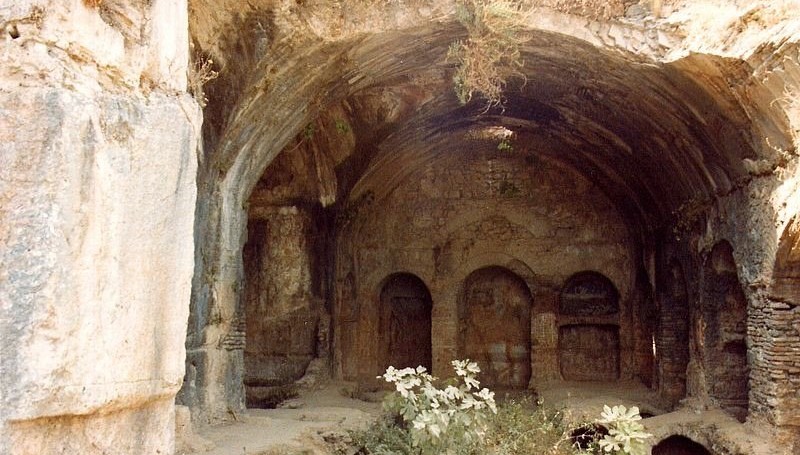

 A pilgrim places her prayer petition on the “wishing wall” at the House of the Virgin Mary in Turkey(Photo: GrooveZ)Copyright (c) 2018 GrooveZ/Shutterstock. No use without permission.
A pilgrim places her prayer petition on the “wishing wall” at the House of the Virgin Mary in Turkey(Photo: GrooveZ)Copyright (c) 2018 GrooveZ/Shutterstock. No use without permission.
